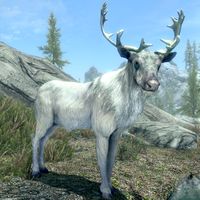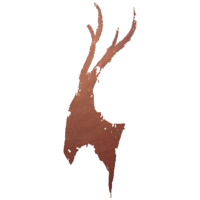Lore:Fiasof
| Chieftain Fiasof | |||
|---|---|---|---|
| Race | Reachman | Gender | Male |
| Resided in | The Reach | ||
|
Chieftain Fiasof was a legendary figure from the oral tradition of the Reachfolk. He was a prominent character in a tragedy told by Reachfolk Vateshrans throughout generations and was mentioned alongside other important Reachmen such as King Faolan and Emperor Leovic. His story teaches Reachfolk to challenge themselves, and touts humility as an essential trait. It is unknown when he lived, or if he ever existed, but as of 2E 582 stories of him were already widespread in the Reach. A Tale of Gods and Sorrow by Vateshran Calbokh is one of the stories devoted to Fiasof.[1]
The legend of Chieftain Fiasof tells of a hunter of great skill. Fiasof's mastery meant that he never struggled in his hunts. His dedication and abilities initially brought Hircine joy. However, eventually, the chieftain became prideful, and grew content with these trivial hunts. This angered Hircine, who proposed a new game to punish the chief for his complacency.[1]
The Daedric Prince cursed the chieftain's entire tribe, turning them into white deer, and instructed the chieftain to hunt them without informing the man of the curse. Fiasof complied and rained a hail of arrows upon them, easily turning their white hides to red and slaying his own people. It was when Fiasof went to dress the game that he realized what he had done. He broke his bow over his knee and asked for forgiveness, which the prince then provided.[1]
Notes[edit]
- In the Reachfolk culture, white deer are interpreted as omens sent by Hircine,[2] and this association with them can be also seen in other cultures.[3]
References[edit]
- ^ a b c Vateshran Calbokh's dialogue in ESO
- ^ The Translated Works of Tosmorn, III — Xandier Edette
Edited by Vanesse Aurilie - ^ Events of Ill Met By Moonlight in Skyrim

